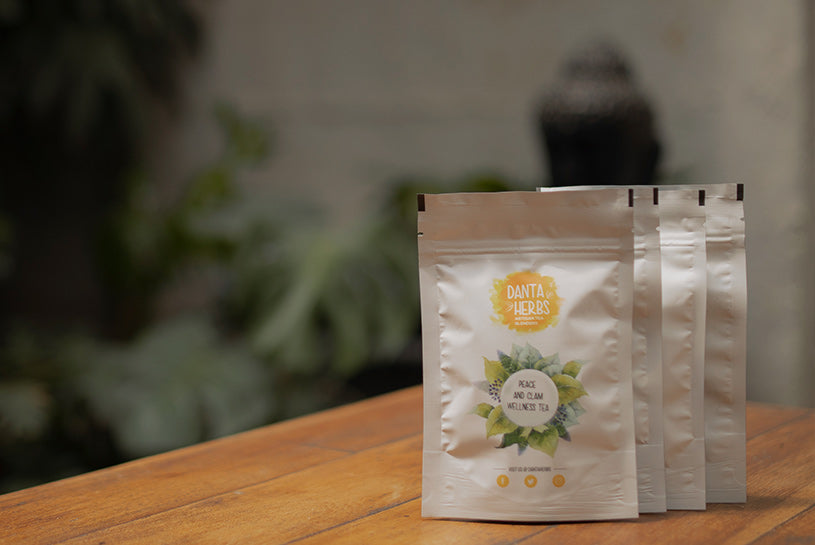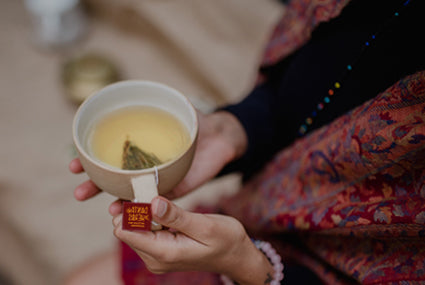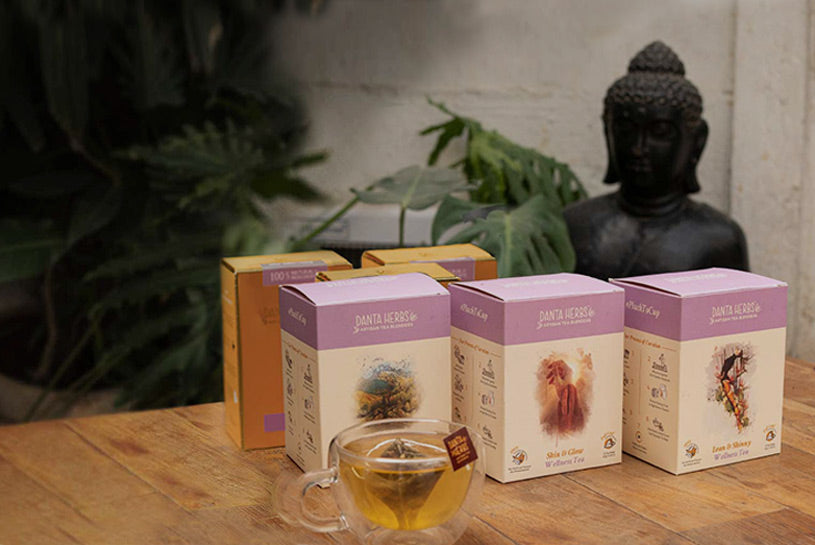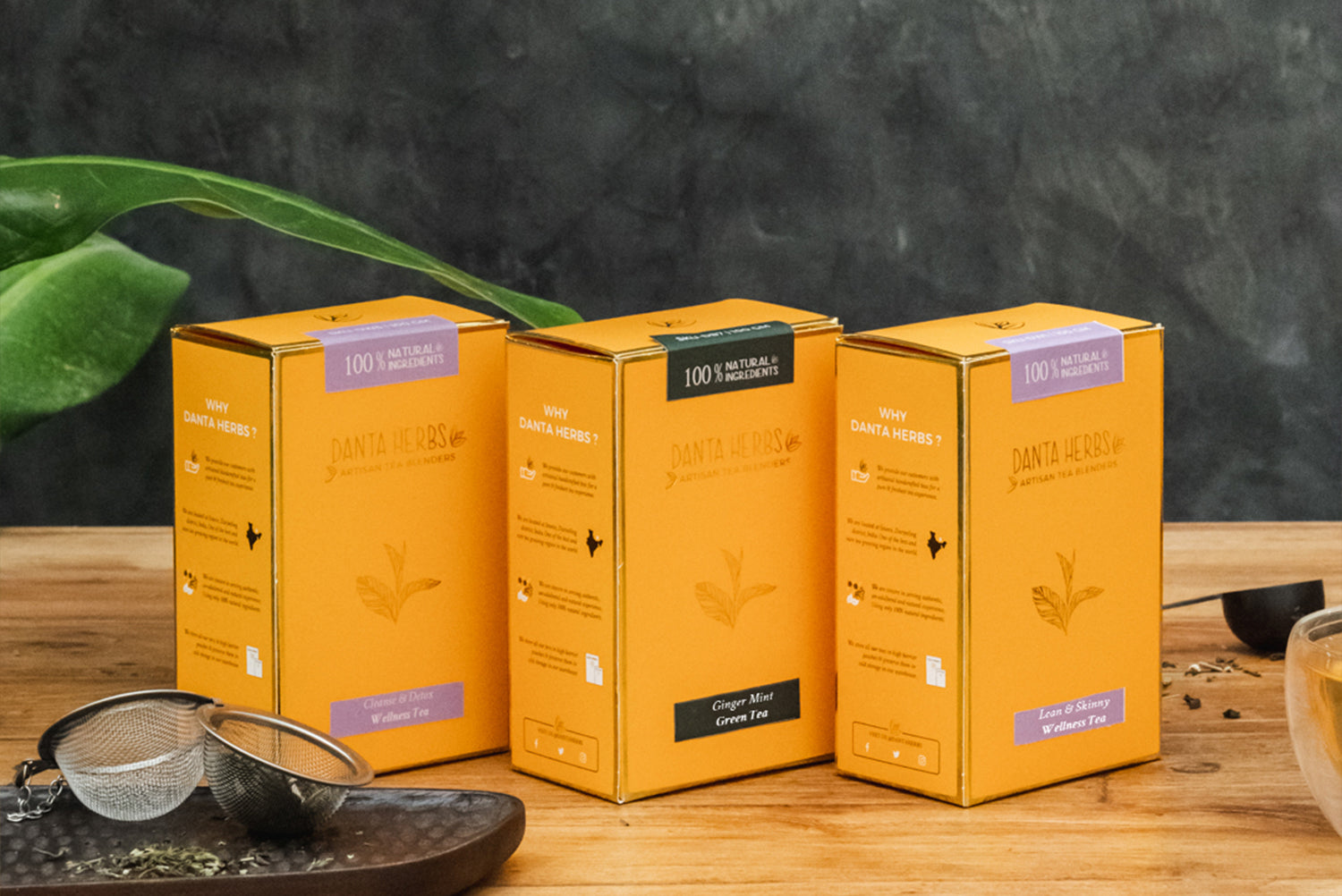Tea cultivation: Requirements for Tea to Thrive

Tea Cultivation
Tea is cultivated in dozens of countries across the globe. The main producers of tea include China, India, Sri Lanka, and Kenya. Although new entrants have joined the tea cultivation, they are still not large scale tea producers. In fact, in 2016 China and India were responsible for more than 60% of the world’s tea production. India is the largest producer of black tea while China and Japan are the largest producers of green tea.
The main tea growing region in Japan is Shizuoka prefecture. In China, the main tea producing regions are the Fujian, Hainan, and Anhui provinces. In India, the majority of tea plantations are in Assam and Darjeeling regions while regions of Kangra, Nilgiris and North-East India also account for large quantities of premium tea production.
Requirements for Tea to Thrive
Tea plants thrive in cooler climates with high amounts of rainfall—at least 40 inches per year. Tea plants prefer acidic soils and develop different flavors depending on the altitude at which they are grown.
Tea is grown at elevations from sea level and up to altitudes of more than 7,000 feet. Plants cultivated at higher elevations grow more slowly and have complex flavor profiles. These tend to be considered higher quality for most tea types.
TEA TREE VARIETIES
One would find it intriguing that there are 200 species of Camellia theaceae registered today, of which only camellia sinensis is used to produce tea. This species include three main varieties:
Camellia Sinensis VAR. Sinensis
Sinesis means “from China”, the country where tea was first discovered. This variety is thought to be the most ancient variety used in the cultivation of tea. In its natural state it can grow to a height of 20 ft (6m). Its small, dark leaves are light in body. It is a sturdy plant that has greater resistance to cold and drought than other varieties, so it is often grown at high altitudes as in regions with difficult climatic conditions, such as parts of China, Japan, Iran and Turkey. Its productive life is relatively long and in some conditions can last well over 100 years.
Camellia Sinensis VAR Assamica
This variety was discovered by Scottish Major Robert Bruce in the region of Assam, India. In the first half of the 19th century. This is grown extensively in India, Africa, and Sri Lanka. Highly suited to a tropical climate, it is grown mainly on plains and in regions that enjoy abundant rainfall. Less aromatic than camellia sinensis var sinensis leaves, its large, thick leaves produce a liquor that is quite robust and very dark when oxidized. This is the tallest variety of the Camellia sinensis varieties. In the wild some trees can grow to a height of 98 feet (30 m) and live several centuries. However, under plantation - it lasts no longer than 30 to 50 years.
Camellia Sinensis VAR Cambodien Sis
Large and flexible , the leaves of Camellia sinensis var. Cambodiensis can grow to a length of 8 inches (20 cm). Its sensorial properties are less appreciated than those of the C.s var sinensis and C.s var. Assamica, therefore , C. s var. Cambodiensis is rarely used for tea cultivation. However, thanks to its excellent capacity for natural hybridization with the other two varieties, it is occasionally used to create new cultivars.
THE CULTIVAR
The term “cultivar” , a contraction of the expression “cultivated variety” is used to define a plant species that was created through hybridization or mutation and selected for its specific characteristics. As these characteristics are not necessarily transferable by seeding , the cultivar must be reproduced through cuttings in order to retain the same genetic profile. Tea trees have been frequently crossbred to make it better adapted to its environment and more resistant to disease, as well as to develop unique aromas.
THE TERROIR
In addition to the choice of plant material growing season and quality of the picking, the characteristics of a plantation - its soil, climate, altitude, latitude - are important factors that greatly influence the quality of a tea. Each region has specific agricultural properties, so the same tea tree will produce different tasting teas depending on the conditions in which it is grown. The plant will constantly adapt to its environment. The terroir helps define the specific characteristics of a particular region or expanse of land, by examining its soil, climate, altitude and latitude in combination with the expertise of the local growers.
Soil
The quality of soil and subsoil, which is an essential element in the cultivation of the tea tree, varies enormously from one region to another. Fortunately, the tea tree is endowed with a formidable ability to adapt, and it will thrive just as well in sedimentary as in volcanic soil. For optimum growth, it requires an acidic soil (pH 4.5 to 5.5) because acidity will help it absorb nutrients. The soil should be rich in minerals and covered with a deep layer of humus. In addition, its central root needs to get a solid grip at a depth of up to 6 feet (1.8m), so the soil must be loose, not limestone or clay. A mountainous terrain is often ideal.
Climate
The tea tree grows best in a tropical and subtropical climate. It needs plenty of rain, minimum of 60 inches a year, and a dry season that lasts no longer than three months. The ideal average temperature is around 18 to 20 C, with a minimum of 5 hours of sunshine and a relative humidity of 70% to 90%.
Altitude
It is not unusual to see tea plantations on the steep slopes of high mountain ranges in Asia for a very good reason as these terrains produce great quality teas. Warm days give way to cold nights, and the sun exposure is often reduced by a couple of hours a day because of the constant mist during certain seasons. At an altitude of 3,300 to 5,000 ft, mist can even be an advantage for a tea tree as, even in the dry season, the new shoots will have the moisture they need to grow. In Darjeeling and even in Taiwan, some of the best harvests are found above 6,500 feet.
Latitude
It has a major impact on the growth of tea trees. It can even be said to determine, to a certain degree, the life rhythm of the tree. Tea is a perennial plant and, in certain regions close to the equator, its leaves can be harvested all year round. But in regions located beyond 16 degrees north or south, where daily sunlight is less than 11 hours for a period longer than five weeks, the tea tree’s growth will slow down, and it will become dormant. The harvest wil is postponed until the next season. This break period is very favorable for the production of good quality tea. When the plant awakens in the spring, the aromatic ingredients it secretes are more concentrated and often confer an exquisite taste to the tea from the first harvest of the year.
FAQ’s:
- Where does tea grow well?
Tea plants typically fare best in acidic soil and regions with heavy rainfall (around 40 inches per year), although they can be grown anywhere from sea level to altitudes as high as 1.3 miles above sea level.
2. How much rainfall is required for the growth of tea plantations?
The tea plant requires a minimum rainfall of 1200 mm year-1, but 2500-3000 mm year-1 is considered optimum. The distribution of rainfall is very important in the countries with rain-fed tea production systems such as Kenya, Sri-Lanka and India.
Where does tea grow well?
Tea plants typically fare best in acidic soil and regions with heavy rainfall (around 40 inches per year), although they can be grown anywhere from sea level to altitudes as high as 1.3 miles above sea level.
How much rainfall is required for the growth of tea plantations?
The tea plant requires a minimum rainfall of 1200 mm year-1, but 2500-3000 mm year-1 is considered optimum. The distribution of rainfall is very important in the countries with rain-fed tea production systems such as Kenya, Sri-Lanka and India.




